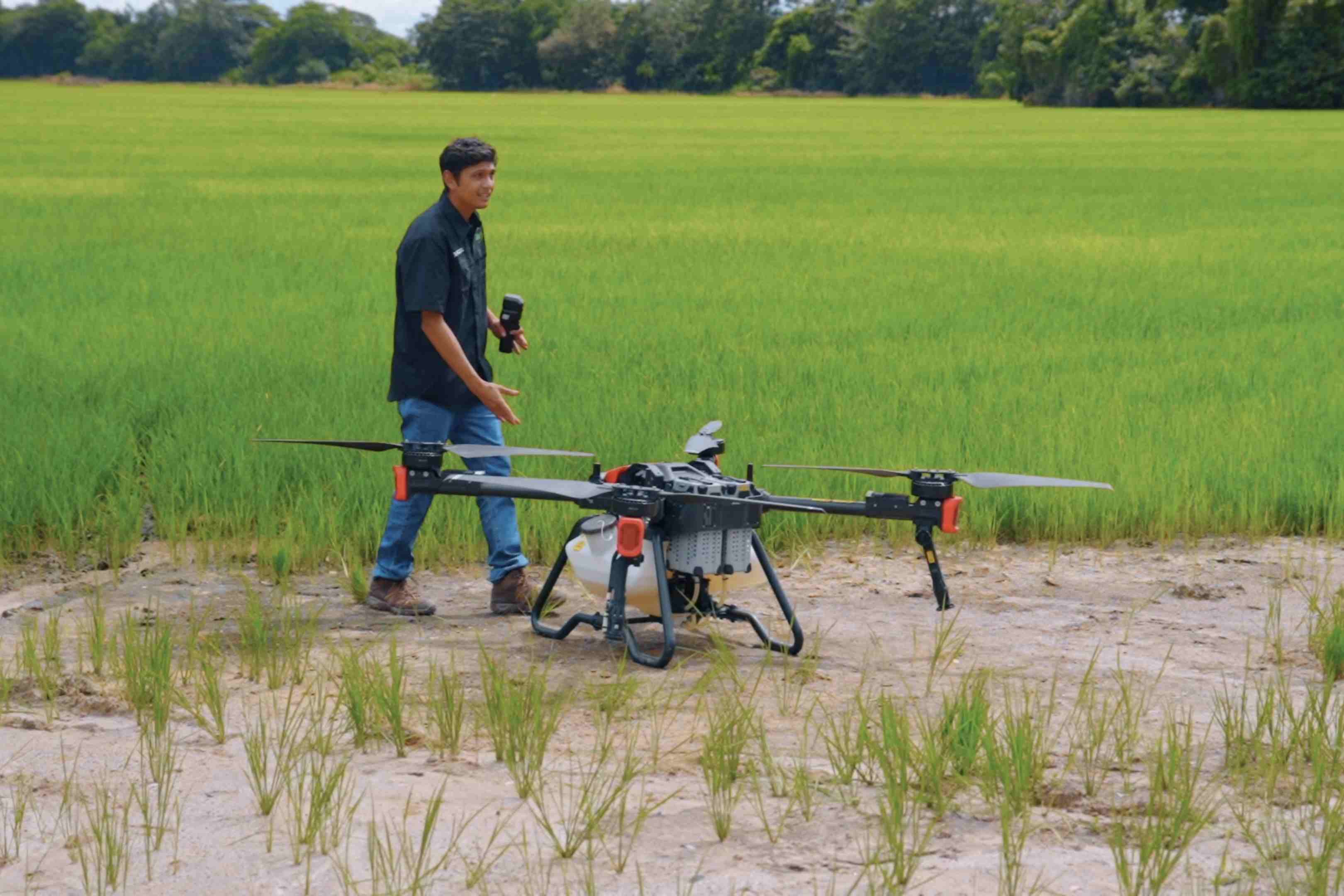Please provide the date you would like me to rewrite in day month year format, and I’ll be happy to assist!
Revolutionizing Agriculture in Panama: The Introduction of the XAG P100 Drone
Key Takeaways
- XAG has unveiled its P100 Agricultural Drone in Panama, aiming to enhance farming efficiency.
- The drone technology is being showcased through demonstrations and training across various farms in the country.
- Panama’s rice agriculture is embracing drone assistance, fostering sustainable practices in response to rising production costs.
- The XAG P100 promises significant benefits for farmers, including reduced operational costs and improved yields.
In a landmark initiative, XAG has introduced its P100 Agricultural Drone to farmers across Panama, heralding a new era of more efficient and sustainable farming practices. Farmers in the region now have access to cutting-edge technology designed to transform their production methods, making agriculture more accessible and profitable. The company is actively conducting demonstrations and training sessions across the nation, with initial trials focusing on rice cultivation, a staple crop in Panama.

Drone Pilot Introduces XAG P100 Agricultural Drone to Rice Farmers
According to statistics from Panama’s Ministry of Agricultural Development, the country planted 84,459 hectares of rice in 2022, reflecting a yearly increase of 11,160 hectares. To combat rising production costs, the government has instituted incentives for farmers to expand their rice cultivation efforts, providing significant subsidies for each kilogram produced. This supportive environment is crucial as local farmers integrate advanced technologies.
The government is also promoting smart farming solutions to enhance crop yields and farmer incomes. XAG’s P100 Agricultural Drone, capable of carrying a 40kg payload, addresses the pressing need for precision in rice seeding, fertilizer distribution, and pest control. There is notable interest from medium to large farms looking to invest in drone technology, as well as from smallholder farmers eager to access drone services to enhance their productivity.

XAG P100 Agricultural Drone Attracts Producers’ Attention
Historically, large-scale farms have relied on helicopters for crop spraying—a method that comes with high operational costs and necessitates a piloted operation. In contrast, the XAG P100 offers a more economical solution, utilizing an RTK centimeter-level navigation system for autonomous flight paths, which reduces the potential for human error. Its rotary atomization technology allows for variable-rate applications, enabling farmers to precisely manage flow rates, spray widths, and droplet sizes during application.
The drone’s design delivers a better alternative for conserving water and minimizing pesticide usage. Farmers utilizing this technology benefit from lower operational costs and reduced chemical exposure while maintaining or even enhancing crop productivity. During the first field demonstration of the XAG P100 at Cultivos Juan Hombron’s rice farm, it was reported that the drone could effectively spray up to 18 hectares in just one hour, showcasing its capacity to revolutionize agricultural practices.

XAG P100 Agricultural Drone on Spraying Demonstration
Furthermore, the advent of the XAG P100 also addresses the challenges associated with fertilizing granules, which traditionally relied on manual labor or large tractors. Manual spreading is labor-intensive and costly, while tractors face limitations based on terrain. Equipped with specially designed attachments, the XAG P100 can evenly sow seeds without damage. By using less fertilizer more effectively, farmers can achieve high yields while avoiding soil compaction associated with ground vehicles.

XAG P100 Agricultural Drone in Panama’s Rice Paddy
Beyond Panama, the application of agricultural drones is expanding across various Latin American nations, including Brazil, Ecuador, and Chile. While the adoption of this new technology takes time, and market awareness continues to rise, the positive shift toward sustainable farming practices is encouraging. As farmers increasingly embrace these innovative solutions, the future of agriculture in the region looks promising.
Photo Credit: SIAP


